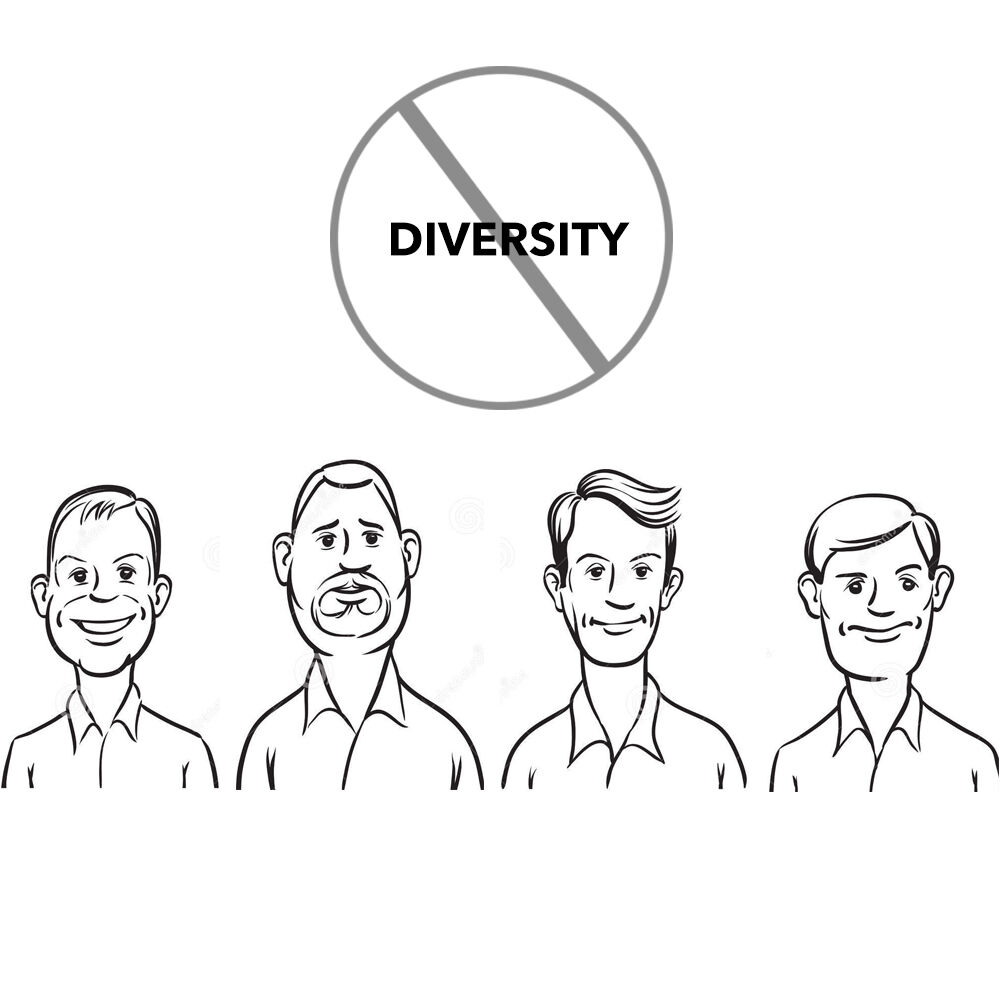A government that is truly representative of its population must strive to reflect and embody the electorate it serves. The United States Congress tragically fails at achieving proportionally diverse representation and — although the local city government succeeds in certain cases — there is a serious issue of underrepresented voices and perspectives in San Marcos.
Nationally, the 115th Congress has been called the most diverse legislature in history. Still, it largely fails to reflect a large portion of the American electorate.
According to the Congressional Research Service, while women make up 50.8 percent of the population, only 20.7 percent of congressional seats are occupied by women. Similarly, while 18.1 percent of the nation’s population is Hispanic or Latino, only 8.5 percent is reflected in Congress.
Locally, statistics seem to suggest much of the same. According to the US Census, the racial makeup in San Marcos is about 48.2 percent white, 42.6 percent Hispanic and 4.67 percent African-American. The San Marcos City Council, however, is made up of six white people and only one person of color, Saul Gonzales.
When there is little representation across the board for marginalized racial and ethnic groups, it becomes harder for those communities to be taken into account in a decision-making process that affects them in ways unique to their identity.
An example of this is when the council faced major backlash from constituents in 2017 for its calculated inaction regarding SB4—a bill that would ban sanctuary cities in Texas. It would have been helpful to have more than one person of color in office to voice opinions that went largely untouched until dissatisfied citizens stepped up to voice them.
Likewise, while the median age in San Marcos is 24, there is currently no one on Council younger than 50. This gap makes it difficult to properly serve or fairly represent young people and students, despite forming a significant portion of the population.
On the other hand, gender representation within the council is fairly proportionate. With 52.2 percent of San Martians listed in the census as women, there are three women and four men on the Council.
Of course, the solution to lack of governmental representation is hardly as easy as it seems; the issue itself creates a feedback loop where it exists simultaneously as the cause and the effect.
Having never been fairly represented in the past, there are a number of communities already lacking the institutional resources that generally give older white men the chance to spend their time and energy as public servants. Without those resources, it’s difficult for members of marginalized communities to run for office; without members of marginalized communities holding office, it’s difficult for them to obtain those resources.
However, the circular nature of this dilemma should not define it as inevitable or unsolvable. In fact, the implication of a broken, exclusionary democracy makes finding a solution much more urgent. It can start through something small, such as requiring civics courses in public schools, or more radical action, like instituting a quota system for proportional representation. It is paramount all people are genuinely considered in their democratic process and encouraged to question why certain perspectives are overrepresented and others are not when their government fails.
– May Olvera is a journalism senior
Categories:
Diverse government representation is necessary for democracy
September 11, 2018
0
Donate to The University Star
Your donation will support the student journalists of Texas State University. Your contribution will allow us to purchase equipment and cover our annual website hosting costs.
More to Discover






